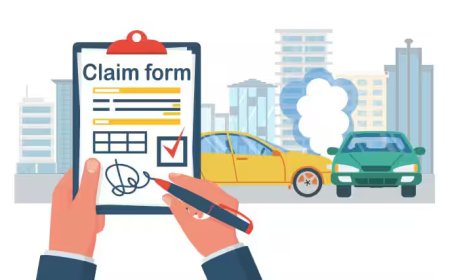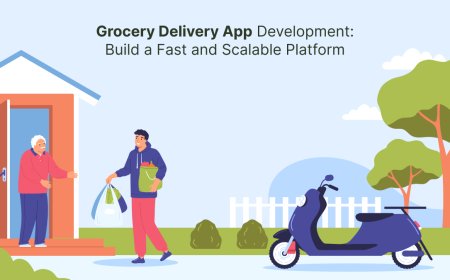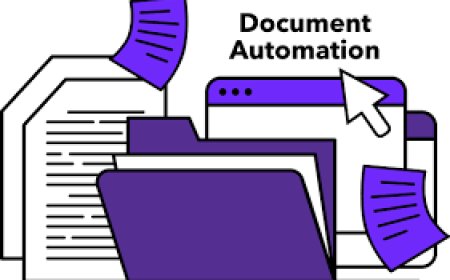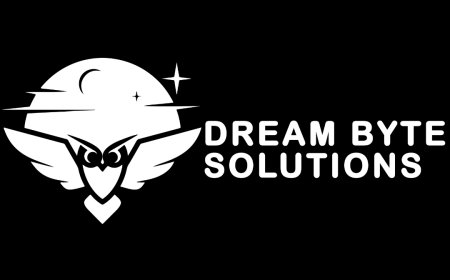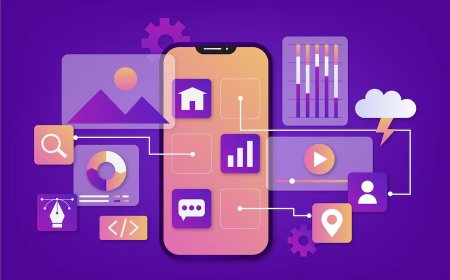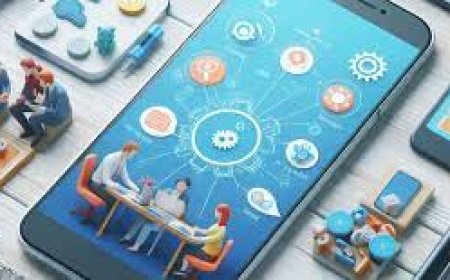Leadership Development: Building Strong Leaders for a Complex World
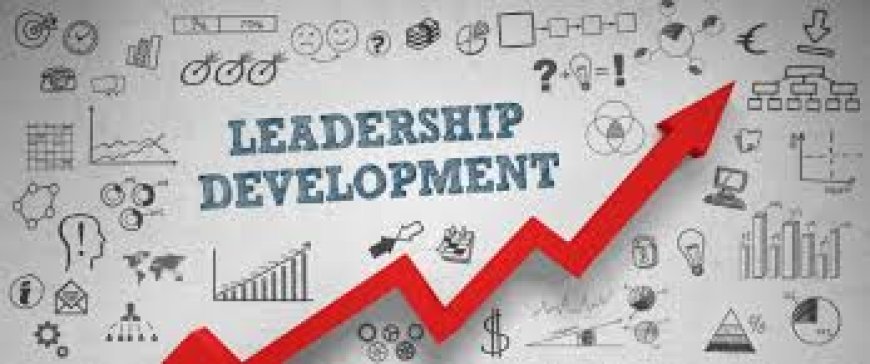
In todays fast-changing business environment, strong leadership is more than a competitive advantage its a necessity. From digital transformation to hybrid work, from global collaboration to values-driven culture, leaders face growing complexity. The solution? Strategic leadership developmentthat goes far beyond basic management training.
This article explores why leadership development is essential, which skills and mindsets are most critical today, and how organizations can create leadership programs that deliver real-world impact.
Why Leadership Development Matters More Than Ever
Leadership plays a pivotal role in navigating uncertainty, engaging people, driving innovation, and anchoring change. Yet many organizations struggle with:
-
Ineffective middle management
-
Lack of alignment between strategy and leadership behavior
-
High potential employees leaving due to lack of growth
-
A shortage of future-ready leaders
In this context, leadership development is not a luxury, but a strategic investment. Organizations that build strong leaders see better performance, stronger culture, and long-term resilience.
Key Goals of Leadership Development
Effective leadership development programs are designed to:
| Goal | Result |
|---|---|
| Enhance Self-Awareness | Leaders understand their impact and blind spots |
| Strengthen People Skills | Improved communication, empathy, and influence |
| Enable Strategic Thinking | Leaders align their actions with business priorities |
| Drive Accountability & Ownership | Clear expectations and consistent follow-through |
| Promote Change Agility | Leaders adapt and lead transformation confidently |
| Develop Future Leaders | Sustainable leadership pipeline across levels |
? Learn more: Leadership Development
Core Competencies in Modern Leadership
The world of leadership is evolving. Todays successful leaders embody a blend of soft skills, strategic insight, and emotional intelligence.
1. Emotional Intelligence (EQ)
The ability to understand and manage ones own emotions and those of others is central to creating trust and engagement in teams especially in remote and hybrid work environments.
2. Resilience and Adaptability
Change is constant. Leaders need inner strength and mental flexibility to manage stress, embrace ambiguity, and lead through uncertainty.
3. Inclusive Leadership
Diverse teams perform better. Leaders must foster inclusion, equity, and a sense of belonging actively seeking out diverse perspectives and addressing unconscious bias.
4. Coaching Mindset
Instead of telling people what to do, modern leaders ask powerful questions, listen deeply, and empower their teams to grow through ownership and reflection.
5. Digital Fluency
Leadership today also means understanding how digital tools, data, and innovation shape strategy and operations and how to engage teams in digital transformation.
Formats That Work in Leadership Development
Gone are the days when leadership development meant a one-off workshop. High-impact programs use blended, personalized approaches such as:
-
Blended Learning Journeys
Combining virtual learning, in-person experiences, self-reflection, and peer exchange. -
Leadership Labs & Experiential Workshops
Learning by doing, through simulations, role-plays, and real business challenges. -
Coaching & Mentoring
Individualized support to help leaders apply insights and develop action plans. -
360 Feedback
Structured feedback from peers, reports, and supervisors to deepen self-awareness. -
On-the-Job Learning Projects
Applying leadership tools directly in ones team or department with reflection loops.
Modern leadership development is context-driven, human-centered, and continuous.
Building a Leadership Development Program: Key Steps
Heres how organizations can build an effective leadership development initiative:
-
Assess Needs & Align with Strategy
Identify critical leadership challenges and tie development to business goals. -
Define Leadership Principles
What does great leadership look like in your context? Clarify expectations and core values. -
Segment by Leadership Levels
Emerging leaders, mid-level managers, and senior executives require different focus areas and tools. -
Design with Learning Experience in Mind
Ensure the journey is engaging, relevant, and promotes real-world application. -
Support Transfer to Practice
Use coaching, peer groups, and feedback to embed learning in daily behavior. -
Measure Impact
Evaluate not just satisfaction, but behavioral change, business metrics, and cultural shifts.
Challenges in Leadership Development (And How to Overcome Them)
| Challenge | Solution |
|---|---|
| Low learning transfer | Embed learning in real work situations |
| Lack of engagement | Design meaningful, personalized experiences |
| One-size-fits-all programs | Customize based on role, context, and goals |
| Senior leader resistance | Involve them as role models and sponsors |
| Measuring impact | Use blended metrics: behavior, results, engagement |
Case Example: Growing Leadership Strength with KKAG
A global services company partnered with KKAG to overhaul its leadership development approach. Key elements included:
-
Leadership principles aligned with company values
-
Blended development journeys for different levels
-
Regular 360 feedback and peer coaching
-
On-the-job projects tied to real business needs
After 12 months:
-
Engagement scores increased across business units
-
Managers reported higher confidence and team effectiveness
-
Leadership pipeline showed greater diversity and readiness
? Discover how leadership development by KKAG empowers modern leaders.
Leadership Development in the Hybrid Era
In hybrid and remote work settings, leadership requires even more intentionality. Leaders must:
-
Build trust without physical presence
-
Create clarity amid digital complexity
-
Maintain connection and culture across time zones
-
Foster ownership when people are working autonomously
This calls for new leadership behaviors, such as:
-
Leading with empathy
-
Creating digital rituals (check-ins, feedback loops)
-
Empowering rather than micromanaging
-
Balancing flexibility with accountability
Leadership development must evolve accordingly equipping leaders to thrive in hybrid and digital-first environments.
Future-Focused Leadership Development: Key Trends
Looking ahead, we see leadership development shaped by:
-
AI-augmented learning
-
Personalized learning journeys via data and assessment
-
Microlearning and learning-in-the-flow-of-work
-
Stronger focus on values, ethics, and sustainability
-
Cross-generational leadership (Millennials, Gen Z, Gen Alpha)
Organizations that embrace these trends will be better prepared for the leadership challenges of tomorrow.
Conclusion: Developing Leaders Is Developing the Future
Leadership development is not an event its a culture, a commitment, and a continuous investment. Strong leaders create strong teams. Strong teams build resilient, future-ready organizations.
By aligning leadership development with business strategy, focusing on behavior change, and choosing the right learning formats, organizations can:
-
Boost performance and engagement
-
Accelerate transformation
-
Build a values-based leadership culture
-
Retain top talent and grow from within
? Explore how leadership development with KKAG empowers organizations to lead with clarity, courage, and connection.








&srotate=0)



